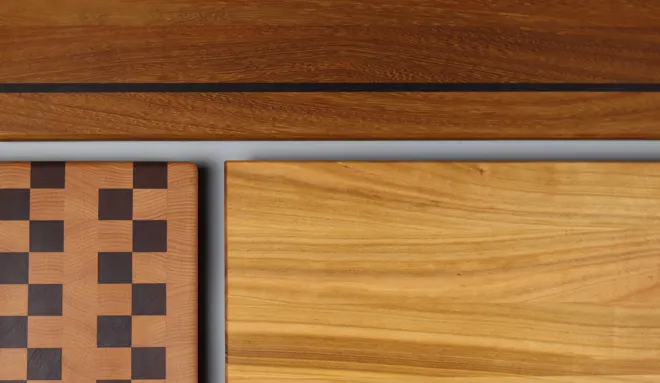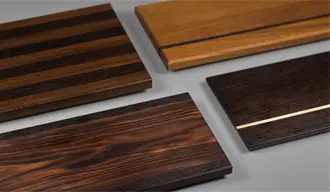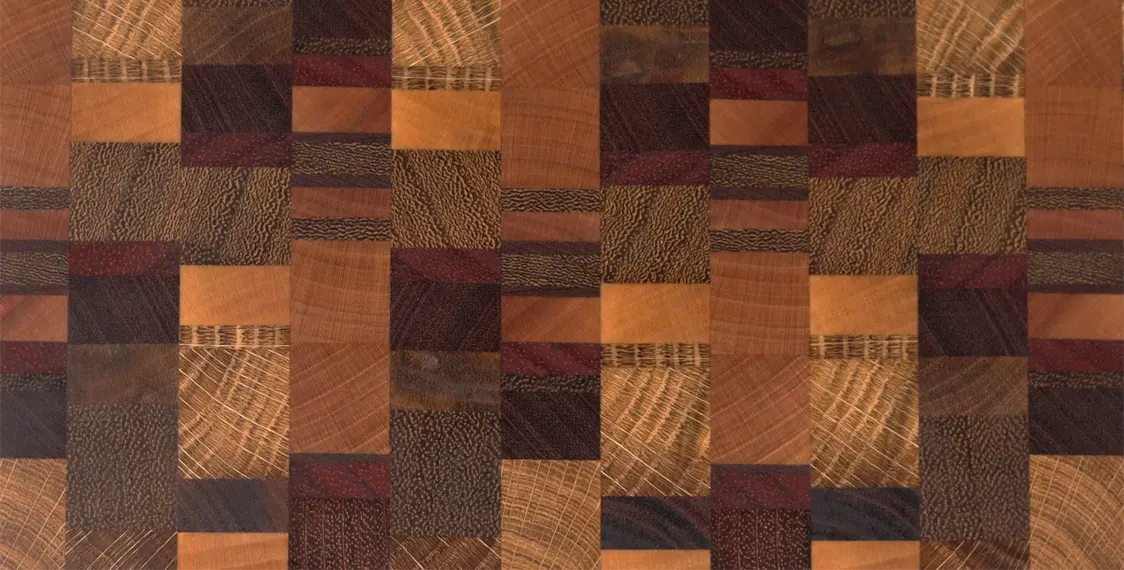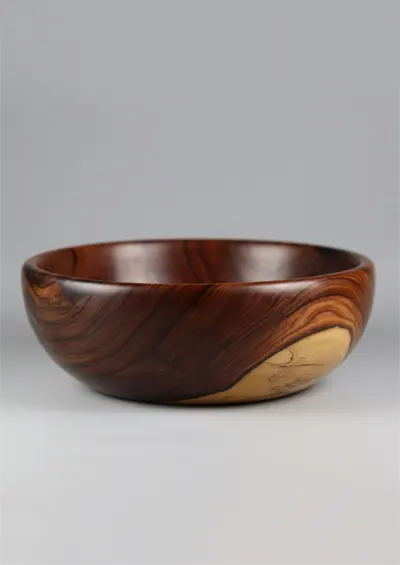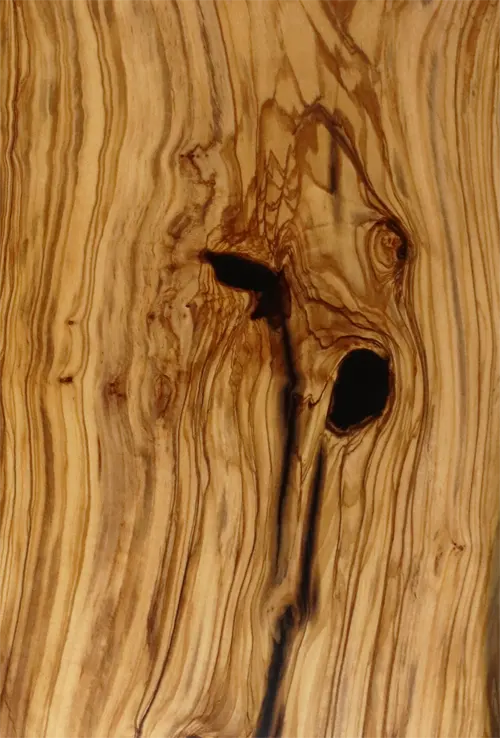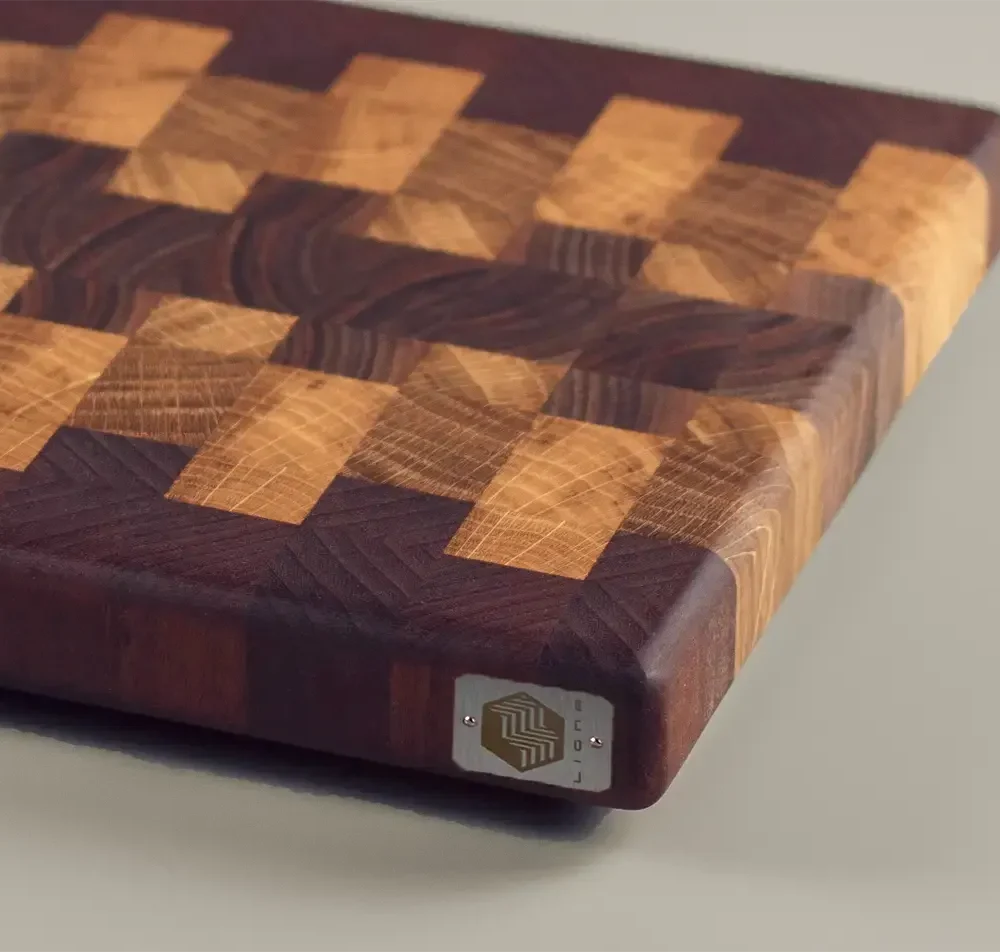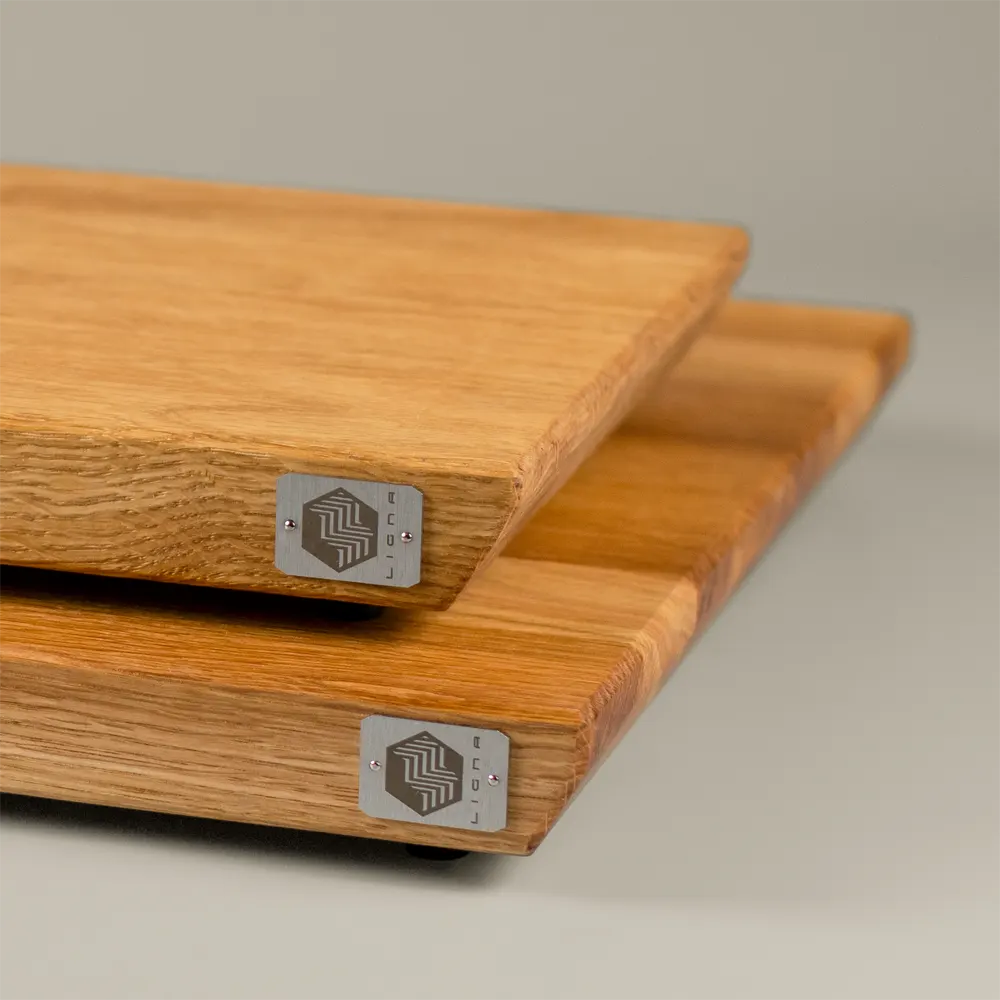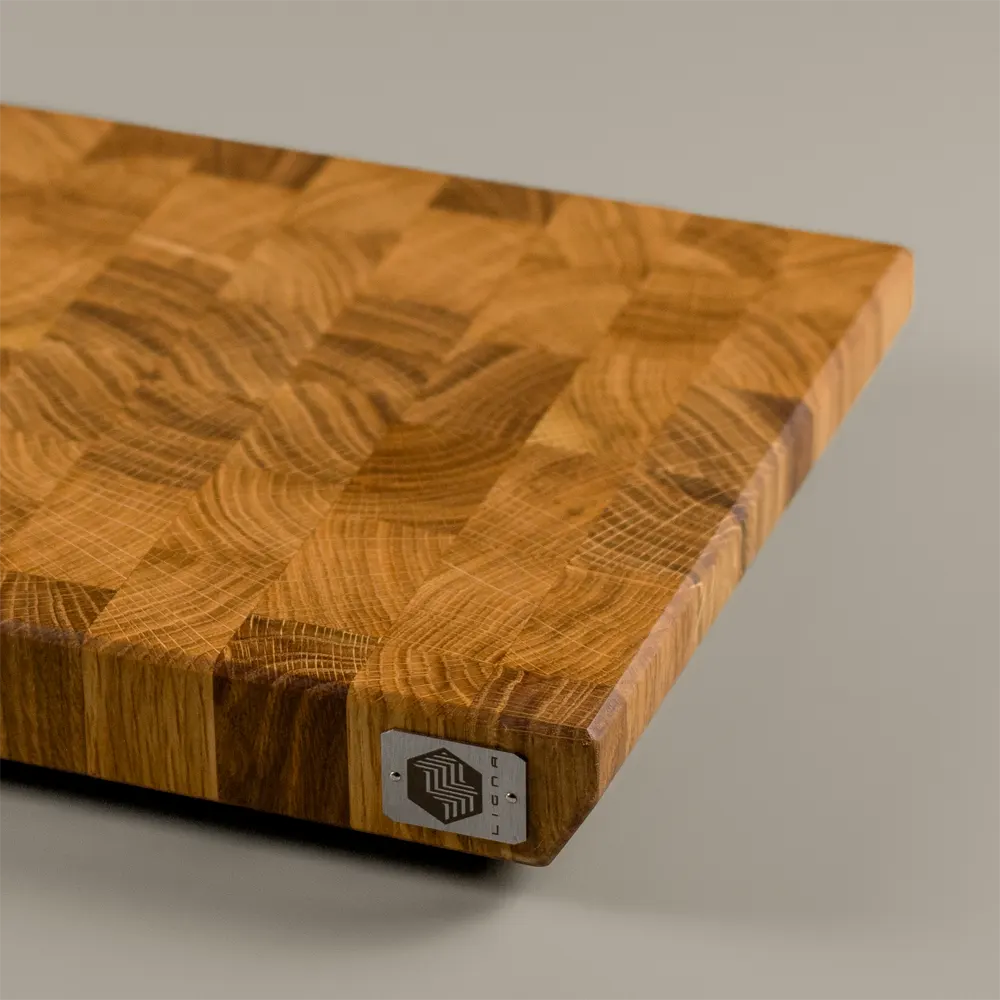Oak Wood: Uses and Characteristics
Oak wood is one of the most widely used in carpentry and cabinetmaking, both for its durability and for its warmth and elegance.
This wood comes from several species of the Quercus genus.
Oak has been used for centuries in the construction of furniture, barrels, floors, and structures, thanks to its excellent properties.
The main characteristics of oak wood and its most common uses are described below.
What is Oak Wood?
Oak is a tree widely grown in Europe, North America, and Asia. Its wood is prized for its natural color, which ranges from light brown to a darker shade, depending on the species. The grain of this hardwood is typically straight.
Types of oak
Although there are many botanical species that yield oak wood, there are roughly three main types of oak used in carpentry: red oak(Quercus rubra), American white oak(Quercus alba) and European oak(Quercus robur).
- White oak (Quercus alba): Native to North America, it is characterized by its light color and fine grain. It is widely used in the manufacture of wine and whiskey barrels due to its resistance to moisture.
- Red oak (Quercus rubra): Also native to North America, it has a more reddish hue and more pronounced grain. It’s common in furniture and flooring. Less dense and durable than white and European oak.
- European oak (Quercus robur and Quercus petraea): Known as Spanish oak, it is native to Europe and is widely used in carpentry and cooperage. Its wood is dense and of high quality.
- American Oak: Although geographically it refers to the North American oak, it usually refers to the American White Oak.
- Black oak: May refer to: A less common American variety notable for its dark color; or: Oak that has been stained with a mature mixture of vinegar and steel in shavings or sponge form.
- Bleached oak: Oak wood treated to obtain a lighter tone, widely used in Nordic and minimalist styles.
- Aged oak: Treated to simulate the passage of time, it gives a rustic and vintage look to spaces.
- Wild oak: Usually refers to lower quality oak wood due to uncontrolled drying and high presence of knots and/or cracks.
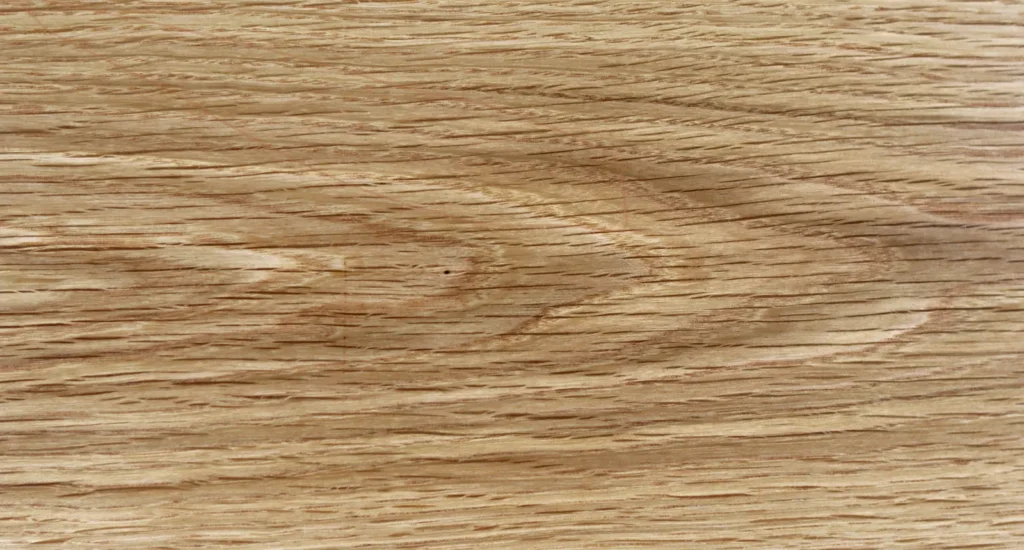
Properties of Oak Wood
Durability and Hardness
Oak is known for its high density and strength. With a density ranging from 700 to 900 kg/m³, depending on the species, it is one of the hardest and most durable woods in common use. This makes it ideal for applications where a wear and impact resistant wood is needed.
Moisture Resistance
White oak, in particular, has excellent moisture resistance thanks to its dense structure and low porosity. This makes it ideal for exterior joinery projects and wet environments, such as boat building, flooring or wine barrels.
Antibacterial resistance
Its high tannin content makes it one of the most antibacterial woods available. Studies by the Danish Technological Institute have shown that oak removes all surface bacteria in a matter of hours, a fact that plastic or stainless steel boards do not achieve.
This same tannic acid causes the wood to darken over time when in contact with metals, without modifying its exceptional qualities.
Natural Aesthetics
Oak wood has a very marked grain, which gives it a rustic but elegant appearance. In addition, it darkens over time, acquiring a patina that makes it even more attractive. Its color varies from a light brown to a darker shade, depending on the type of oak used.
Versatility in Finishes
Oak wood accepts varnishes, oils, and stains well, allowing you to customize its appearance and improve its durability. This makes it an excellent choice for both rustic and modern styles.
Technical characteristics of Oak wood
| Feature | French Oak (Quercus petraea / robur) | American White Oak (Quercus alba) | American Red Oak (Quercus rubra) |
|---|---|---|---|
| Density (12% humidity) | 700–770 kg/m³ | 740 kg/m³ | 710 kg/m³ |
| Colour | Light brown | Cream sapwood, pale brown heartwood | Cream sapwood, light reddish heartwood |
| Grain / Fiber | Fine, straight | Medium, straight | Medium, straight |
| Hardness (Monnin) | 4.5–5.0 (hardwood) | 5,1 (madera dura) | 4.8 (semi-hard to hard wood) |
| Flexural strength | 1050 kg/cm² | 1050 kg/cm² | 960 kg/cm² |
| Modulus of elasticity | 123.000 kg/cm² | 123.000 kg/cm² | 130.000 kg/cm² |
| Compressive strength | 513 kg/cm² | 513 kg/cm² | 450 kg/cm² |
| Natural durability | Medium to high (fungus) | Medium to high | Average |
| Impregnability | Sapwood: medium; heartwood: low | Sapwood: medium; heartwood: not impregnable | Sapwood: high; heartwood: medium-low |
| Dimensional stability | Good | Good | Average |
| Drying process | Slow, risk of collapse and warping | Slow, risk of collapse and warping | Slow to very slow, risk of collapse |
| Workability | Good, requires sharp tools | Good, although hard | Good, although hard |
| Main uses | Cooperage, fine furniture, carpentry | Furniture, flooring, cooperage, carpentry | Furniture, flooring, interior carpentry |
Uses of Oak Wood
Cutting boards
Oak has until recently been one of the most widely used woods for cutting boards.
Our elders have used this wood in the kitchen for generations, but it has now fallen into oblivion due to the saturation of cheap alternatives such as bamboo or false acacia on the market.
Oak cutting boards are noted for their hardness and antibacterial resistance. The grain fineness of oak wood varies greatly between species and the growth rate of the tree, but tends to be medium grain.
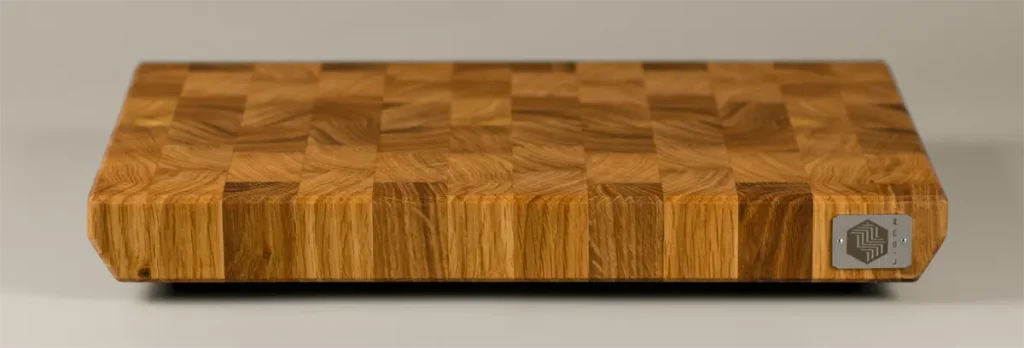
Furniture Manufacturing
Solid oak is widely used in the manufacture of high-quality furniture. Due to its durability, it is perfect for furniture that must withstand daily use, such as tables, chairs, and cabinets. Furthermore, its natural beauty makes it very popular in interior design.
Wood Flooring
Oak’s wear resistance makes it a popular choice for wood flooring. Both white and red oak are used in oak flooring, offering durability and a warm, elegant appearance. Additionally, oak wood can be sanded and refinished multiple times, extending its lifespan.
Carpentry and Construction
Oak has traditionally been used in the construction of houses and timber structures. Its hardness makes it a suitable material for beams and posts that require high strength.
It is also used in the manufacture of barrels, especially oak barrels for the storage of wine and whiskey, as it provides unique characteristics to the aging of these products.
Price of oak
The price of oak varies depending on the species, quality, and treatment. For example, white oak is often more expensive than red oak due to its greater density and strength.
In addition, factors such as origin (European oak vs. American oak), format (desired thickness, boulé, edged or planed) and quality of the material purchased (no knots, no visible cracks) will influence the final price.
Oak is currently one of the most expensive hardwoods on the market, second only to walnut.
Oak Wood Advantages and Considerations
Advantages of oak wood:
● Exceptional strength: Its hardness and durability make it ideal for products that require longevity, such as furniture and flooring.
● Moisture resistance: In particular, white oak is excellent for use outdoors and in humid environments.
● Versatile aesthetics: Oak wood can adopt natural, rustic or modern finishes, which makes it very adaptable to different styles.
● Versatility: It is considered one of the most versatile woods in existence, so we can find it in an endless number of applications.

Considerations:
● High cost: The wood has become a rising value in recent decades to become one of the most expensive commodity woods on the European continent. Even so, its availability is plentiful, so it continues to be used in large-scale furniture projects.
● Difficult to work with: Because of its hardness, oak can be more difficult to cut and work with than other softer woods, which can increase labor costs.
Conclusion
Oak wood is an excellent choice for those looking for a strong, durable and aesthetically appealing wood.
Whether in cutting boards, furniture making, flooring or joinery products, oak offers a unique combination of natural beauty and strength.
Although it can be more expensive than other woods, its long-term durability makes it a valuable investment for a variety of projects.
Our products with oak wood
-
 Calida
Calidaend grain cutting board
Price range: € 140,00 through € 305,00 -

Linea
Oakoak cutting board
Price range: € 65,00 through € 305,00 -

Pura
Oakoak butcher block
Price range: € 110,00 through € 495,00
Frequently Asked Questions About Oak Wood
What are the main types of oak and how do they differ?
The most common types of oak include white oak and red oak. White oak (Quercus alba) is known for its light color and fine grain, while red oak (Quercus rubra) features more reddish tones and a more pronounced grain.
European oak (Quercus robur and Quercus petraea) is native to Europe and is widely used in carpentry and cooperage. American oak includes both white and red oak from North America and is distinguished by its straight grain and ease of work.
What are the differences between light oak and dark oak?
The main difference lies in color and aesthetics. Light oak offers softer, brighter tones, ideal for modern and minimalist environments. On the other hand, dark oak offers a warmer, more traditional appearance, bringing elegance and sophistication to any space.
What is solid oak and why is it so valued?
Solid oak refers to oak wood pieces that are seamless and unveneered, made from a single, solid piece. It is highly valued for its durability, strength, and natural grain beauty, making it a premium choice for furniture and structures.
What are the characteristics of bleached oak?
Bleached oak is oak wood that has been treated to achieve a lighter, almost white tone. This finish highlights the wood’s natural grain and is very popular in Scandinavian and contemporary decor styles.
What applications does black oak have in decoration?
Black oak is prized for its dark, elegant color, making it ideal for luxury furniture and decorative elements that seek a stark contrast in interior design.
Why are oak barrels used in the aging of wines and spirits?
Oak barrels, especially white and European oak, are essential for aging wines and spirits because they impart distinctive flavors and aromas, such as vanilla and spices. They also allow for micro-oxygenation, which improves the texture and complexity of the beverages.
What is the price of oak and what does it depend on?
The price of oak varies depending on the species, quality, treatment, and origin. For example, white oak is generally more expensive than red oak due to its greater density and strength. Factors such as aging and bleaching also influence the final cost.
What is aged oak and how is it achieved?
Aged oak is oak wood treated to simulate the passage of time, giving it a rustic, vintage look. This effect is achieved through techniques such as brushing and the use of special stains and varnishes.
What characteristics does the European oak have?
European oak, which includes species such as Quercus robur and Quercus petraea, is known for its high strength and durability. It is widely used in carpentry and cooperage, and its wood is dense and high-quality.
Otras entradas del blog
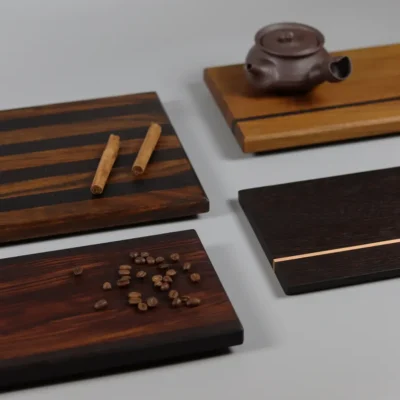
Restaurant serving boards: a complete guide
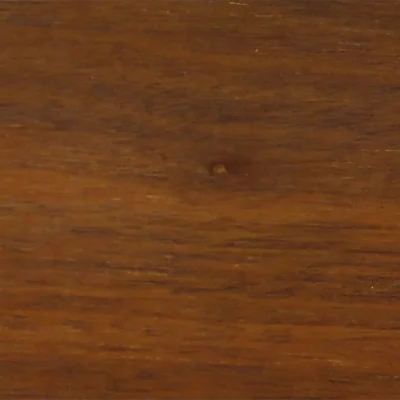
The 10 hardest woods in the world
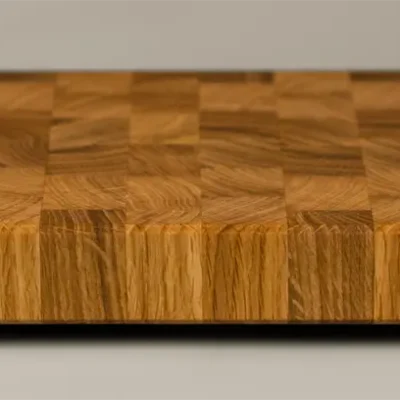
What are the best woods for cutting boards?
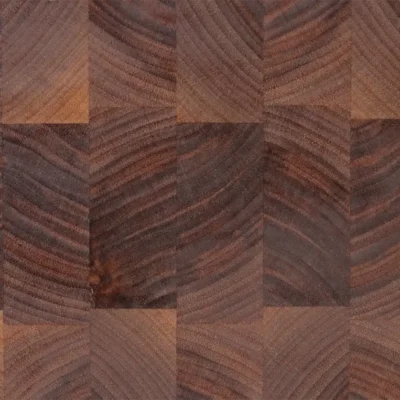
What types of wooden chopping board are there?
Nuestras tablas de cortar:
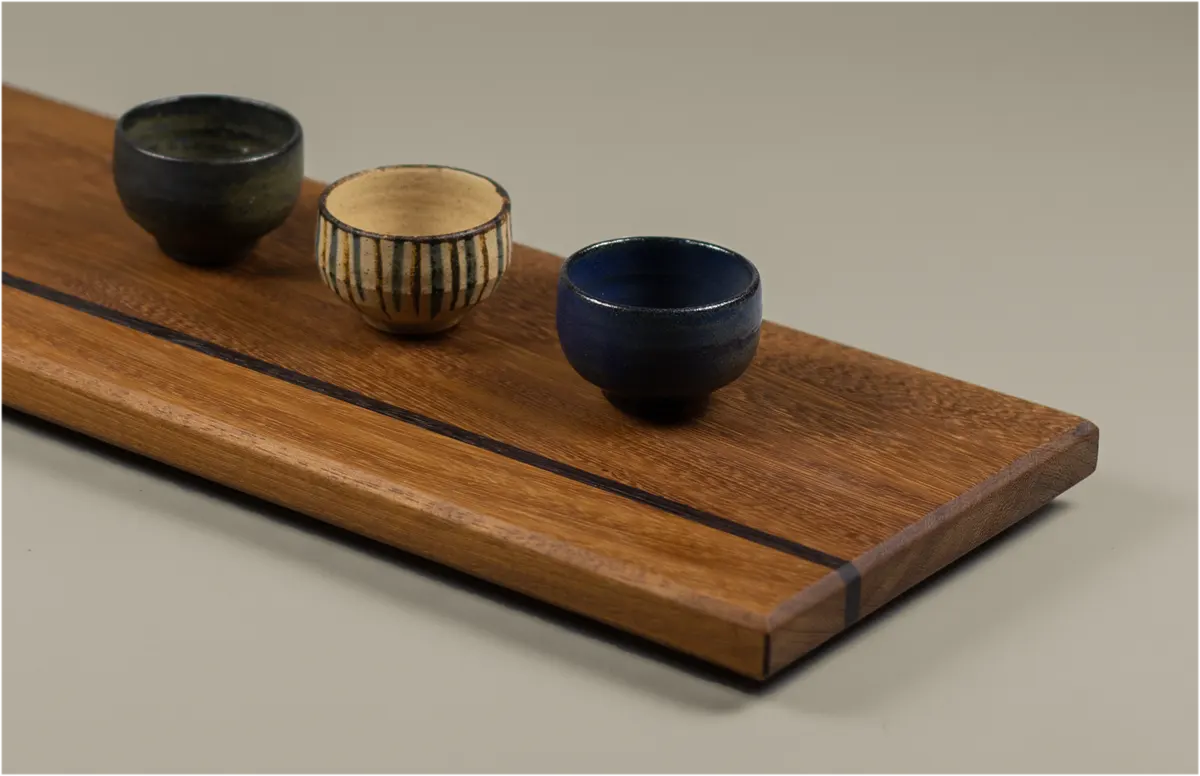
ARGILLA
long charcuterie board
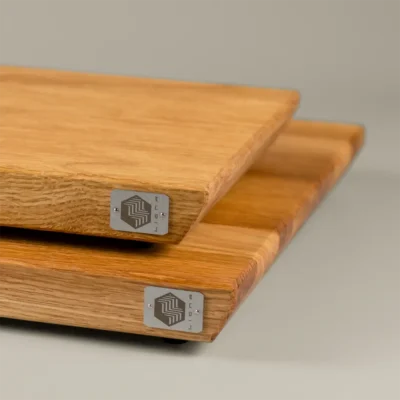
Linea
Oak oak cutting board
Linea
Oakoak cutting board
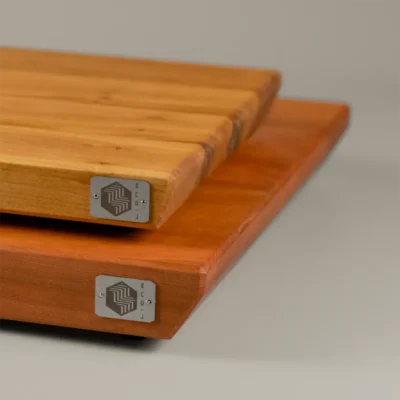
Linea
Cherry cherry cutting board
Linea
Cherrycherry cutting board
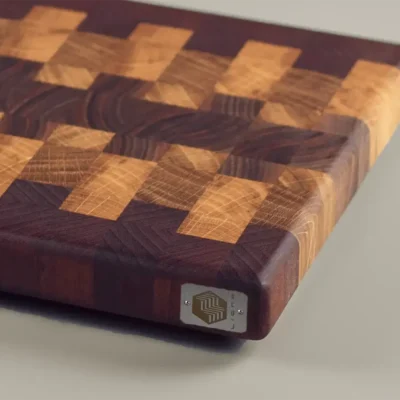
Calida
end grain cutting board
